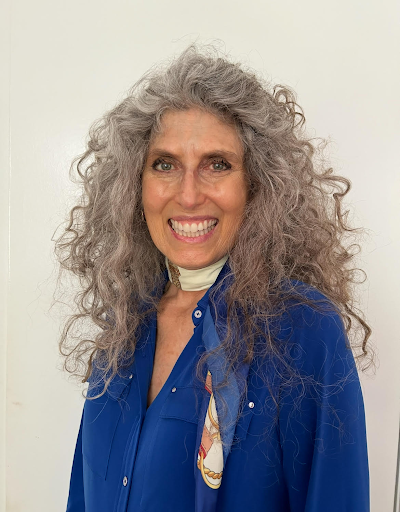
Daphneleah Schneider is a Rightness Release Mentor, Speaker, Reiki Master, Writer, and Model from Los Angeles, California, where she is creating specialized talks and workshops focused on wellness and healing from Rightness.
Can you describe the moment or reasoning, leading up to deciding to write about abandoning/healing the need to be “right”?
(DS): Before I realized what exactly this book was going to be about, I started writing about some aspects of the origin of humans. I wrote extensively on several topics, and then I realized the work needed to be divided. One division led to sharing my personal journey of healing. I have done a tremendous amount of work to heal from Rightness, and listen to others, and have compassion. The book came about because I wanted to share my experience.
What would you say is your favorite part of writing your book, “Releasing Rightness: How Love Heals the Need to be Right”
(DS): I love the magic of it. I love how sometimes the worst words are written, and a good idea is there; with work and effort, the words transform into something good that makes sense.
I love clarifying my thoughts, which then helps me clarify my life beliefs. I love the honesty of it all. I love how good it feels to express myself creatively.
Your blog mentions your emphasis on divinity in your life. Does the concept of divinity inspire your writing as well? If so, how?
(DS): In my world, a cigar is never just a cigar; all things are divine. Everything in the universe is the divine, which I experience as love. Some things have a higher love frequency than others, but it’s all love. Creativity is divinely inspired. From coloring to creating a masterpiece, it’s all the divine expressing itself through us. Each one of us is divinity incarnate and a form of love. Some people are better at living it than others. And that is part of the human experience.
The divine inspires my writing in that it moves through me when I write. Even though my writing has a childlike quality to it, the value of the information and my experience help others. Living connected with Divinity is ultimately how I healed from Rightness. The Divine is love and the most potent force. It heals us and connects us to all things.
Could you please walk us through your writing process?
(DS): I ask for help and guidance from the muses and the divine before I begin. I use a timer and work for 15 minutes at a time, or I set the alarm for an hour and work for that duration.
I usually type and type and then go back and edit. I can write for 2-4 hours a day.
When I have something, I send it to an editor ( a dear friend or my daughter) to help it make sense and give me direction.
What piece of advice would you offer to women authors?
(DS): Do it! Your story is valuable, and we want it and need it. If you have an idea for a book, it means the idea seeks to live outside of your mind. It needs to be in the world. Others have asked for it, and you heard the call. Take all the time you need and do it. I started with fifteen minutes a day. It was grueling at first. I felt a great deal of shame taking that much time for myself, but I persevered, and it eventually became easier. Now, I consider myself a writer.
Writing daily makes you a writer. You can do it!
Much of Daphneleah’s time is currently dedicated to completing her first nonfiction book. A tale declaring how being wrong saved her life. This account of Rightness chronicles how she left the drama behind and entered the world of good living. She shares her loves and joys along with the pain she experienced in her life journey that allowed her to awaken and love herself and others. She shares how science and love correlate and how we grow by availing ourselves to both. (via https://www.daphneleah.com/)

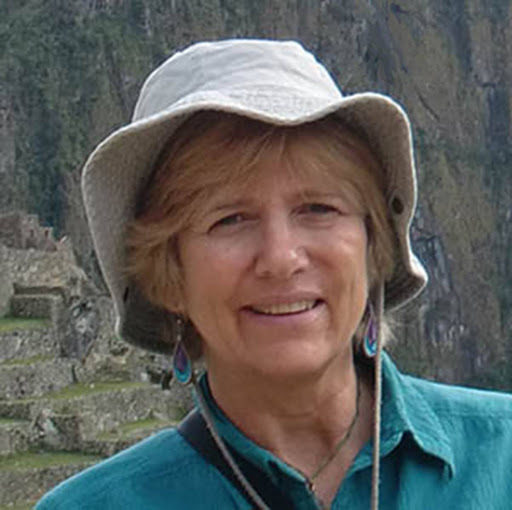
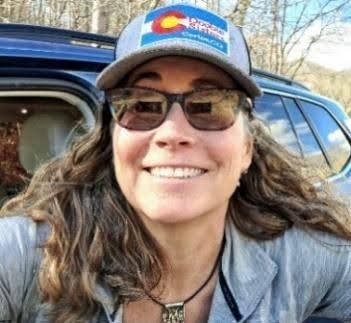
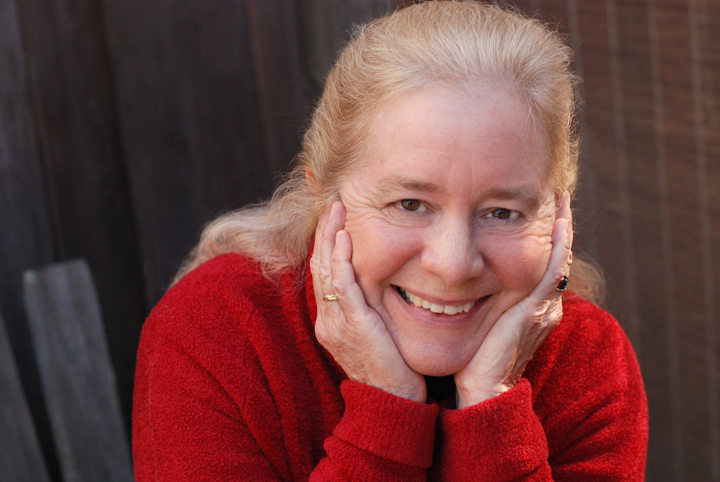
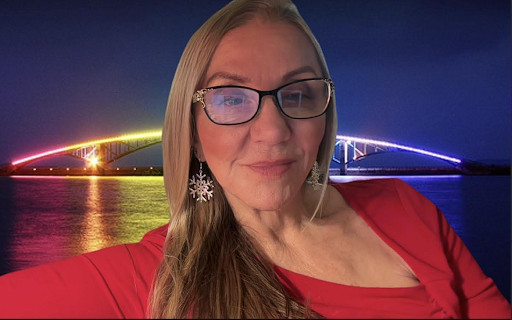 CJ Palmisano has written since she could scribble “no” on her mother’s immaculate kitchen wall. She has never stopped writing–a few pages here, an entire story there–but for the majority of her adult life, writing couldn’t be a priority. She raised a family and taught, something she did well (for what it’s worth, in 2006 she was in Who’s Who Among America’s Teachers).
CJ Palmisano has written since she could scribble “no” on her mother’s immaculate kitchen wall. She has never stopped writing–a few pages here, an entire story there–but for the majority of her adult life, writing couldn’t be a priority. She raised a family and taught, something she did well (for what it’s worth, in 2006 she was in Who’s Who Among America’s Teachers).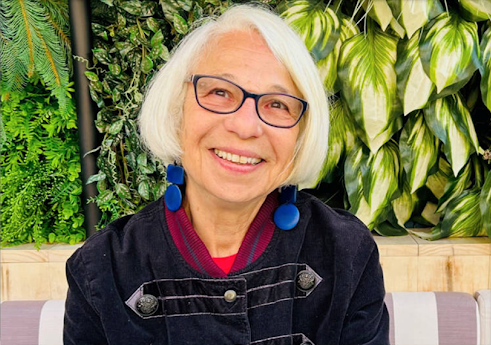
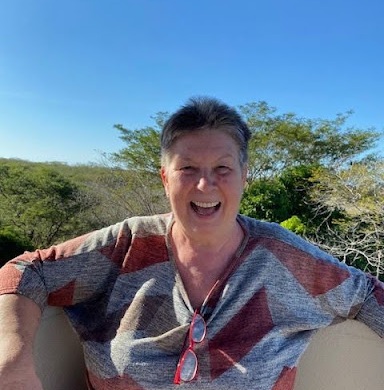 Catherine Lawrence has spent the majority of her career as an Administrator in the field of Higher Education at the University of Pennsylvania (UPenn). In this capacity, Catherine has helped students navigate University programs at the Undergraduate and Graduate levels. While working full time Catherine completed her Undergraduate and Graduate degrees (in the evening) receiving a B.S. in Communication, Political Science and History; as well as a M.S.Ed in Education (Reading, Writing and Literacy/Adult, Family and Community) with a certification as a Reading Specialist.
Catherine Lawrence has spent the majority of her career as an Administrator in the field of Higher Education at the University of Pennsylvania (UPenn). In this capacity, Catherine has helped students navigate University programs at the Undergraduate and Graduate levels. While working full time Catherine completed her Undergraduate and Graduate degrees (in the evening) receiving a B.S. in Communication, Political Science and History; as well as a M.S.Ed in Education (Reading, Writing and Literacy/Adult, Family and Community) with a certification as a Reading Specialist.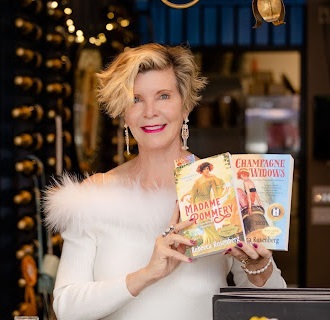 When Rebecca Rosenberg discovered the real-life widows who made champagne a world-wide phenomenon, she knew she’d dedicate years to telling their stories. These remarkable women include Veuve Clicquot, Madame Pommery, and Lily Bollinger.
When Rebecca Rosenberg discovered the real-life widows who made champagne a world-wide phenomenon, she knew she’d dedicate years to telling their stories. These remarkable women include Veuve Clicquot, Madame Pommery, and Lily Bollinger.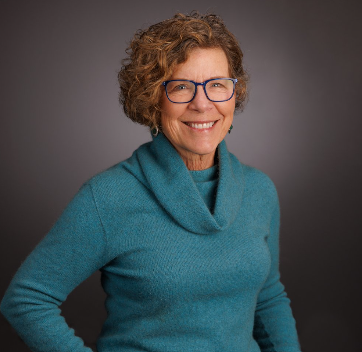 A voracious reader, Valerie Saul grew frustrated with the way women her age were portrayed in fiction. Mature women can be more than caregivers, grandmothers, and book club aficionados. They can also ride motorcycles, use chain saws, rescue drowning people, and chase bad guys on occasion. Her debut novel, The Badass Widows, is about women doing all those things while also dealing with love and loss.
A voracious reader, Valerie Saul grew frustrated with the way women her age were portrayed in fiction. Mature women can be more than caregivers, grandmothers, and book club aficionados. They can also ride motorcycles, use chain saws, rescue drowning people, and chase bad guys on occasion. Her debut novel, The Badass Widows, is about women doing all those things while also dealing with love and loss.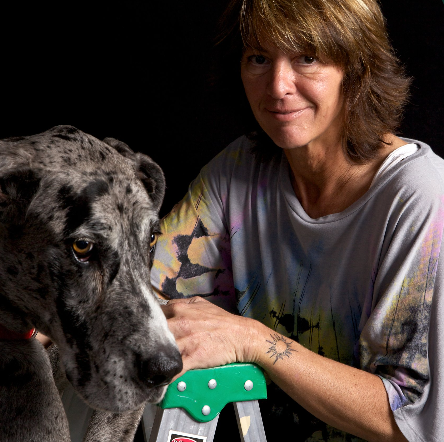 What was your favorite moment during the writing of The Badass Widows?
What was your favorite moment during the writing of The Badass Widows?  Goal-strategist, Debra Eckerling, joins us today, sharing her experiences with helping people achieve their goals, her thoughts on writing, and news about her new book, 52 Secrets for Goal-Setting and Goal-Getting.
Goal-strategist, Debra Eckerling, joins us today, sharing her experiences with helping people achieve their goals, her thoughts on writing, and news about her new book, 52 Secrets for Goal-Setting and Goal-Getting.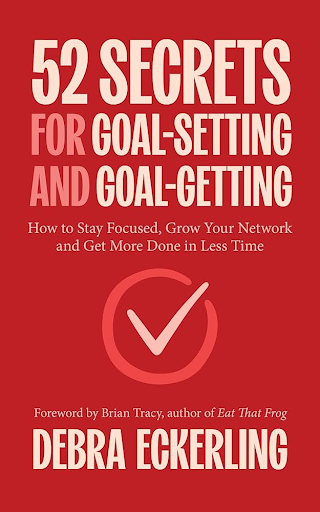 Can you tell us a little more about your new book?
Can you tell us a little more about your new book?